Examining the Gospel of John I
Mike Ervin
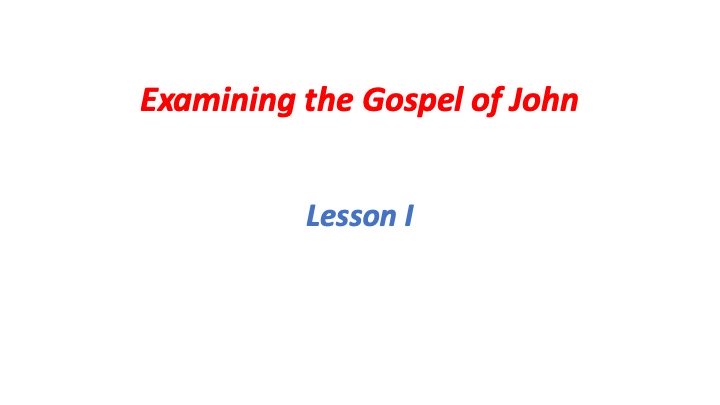
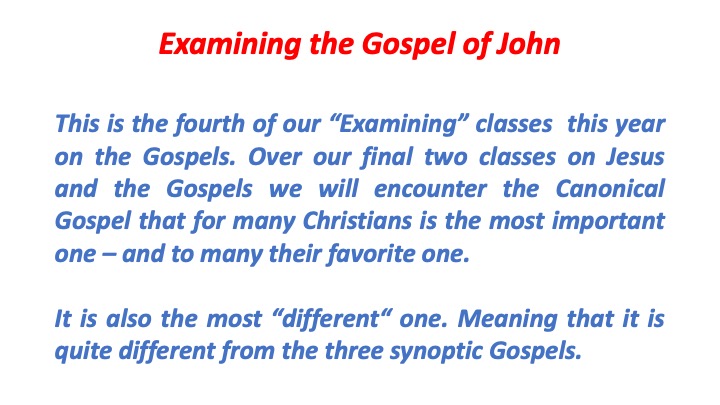
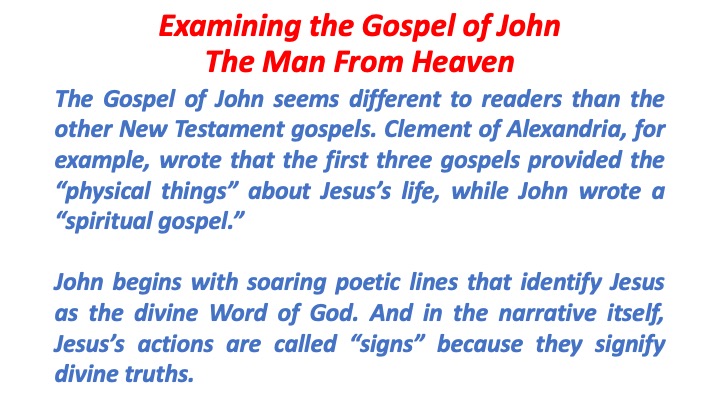
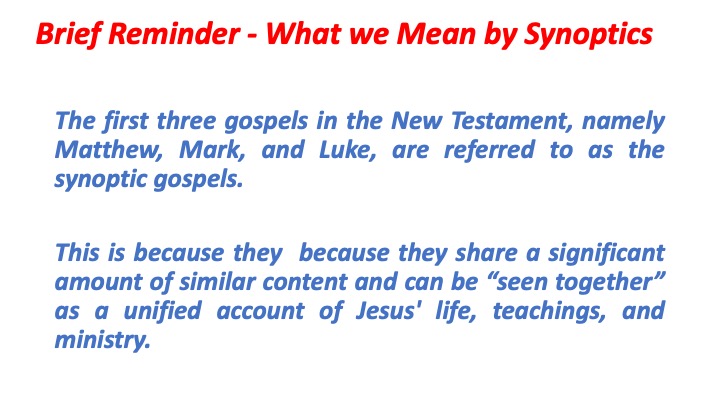
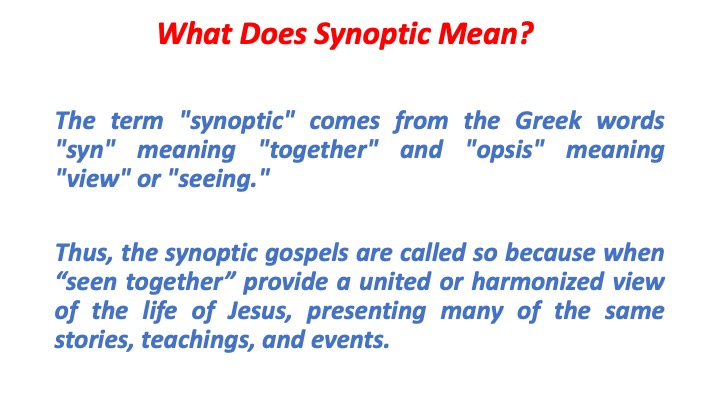
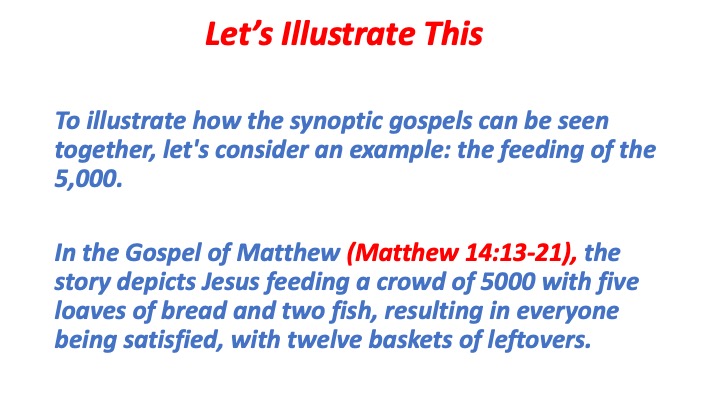
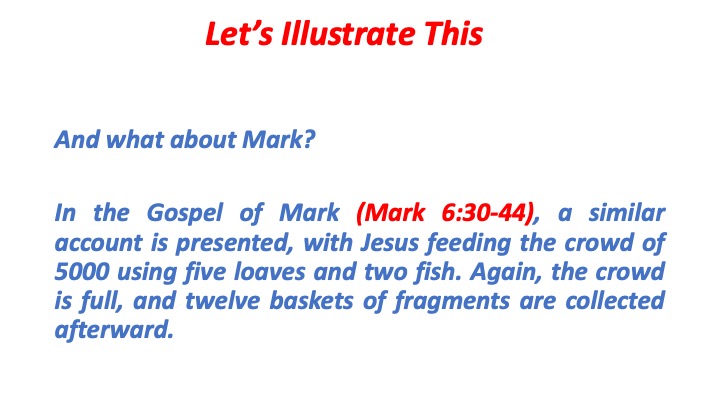
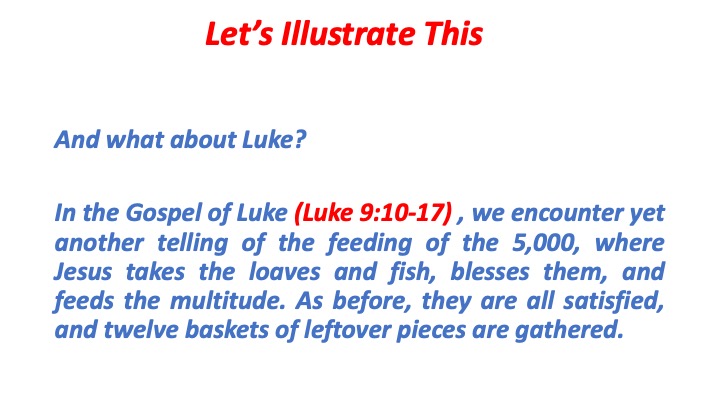
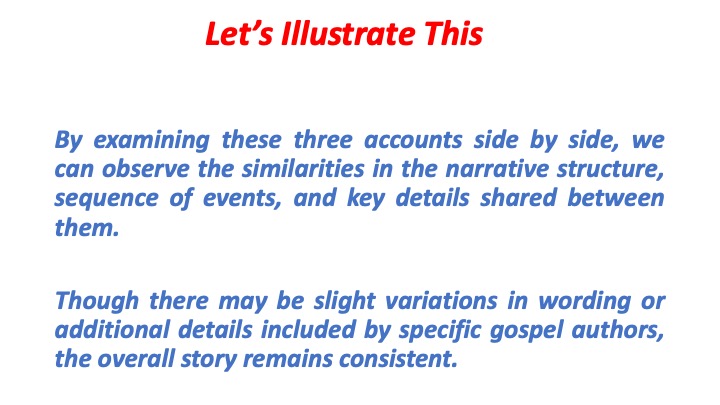
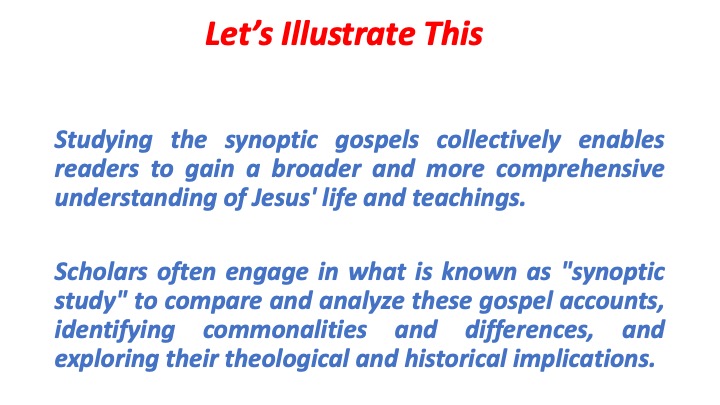
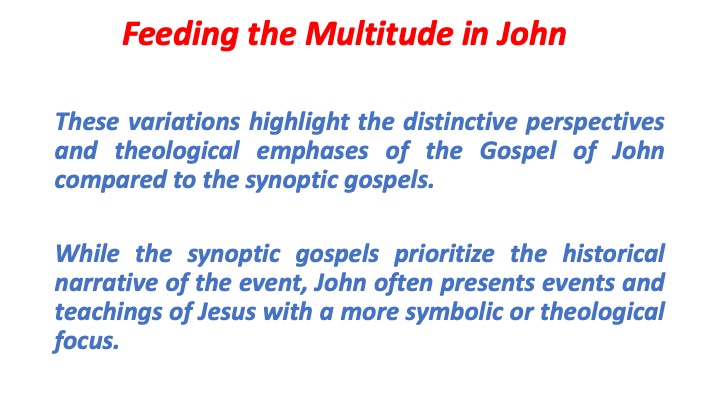
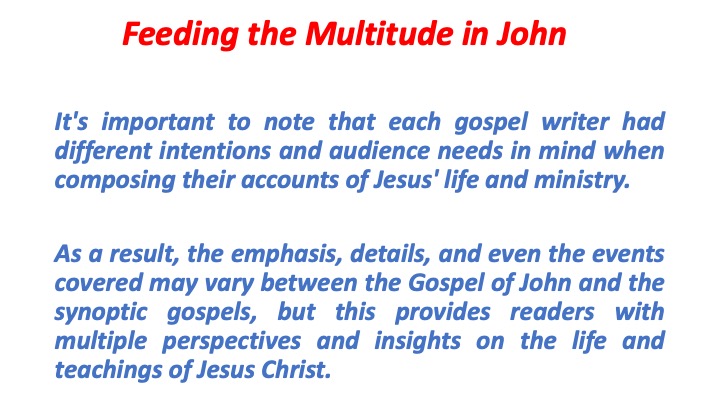
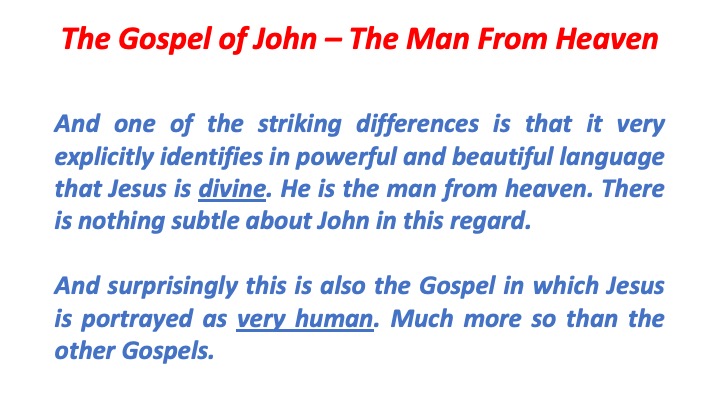
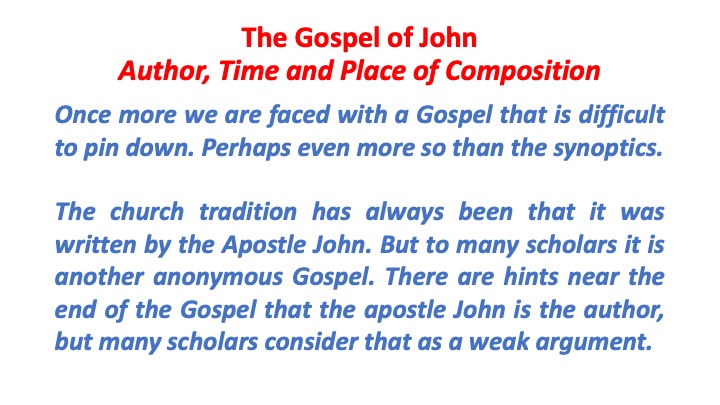
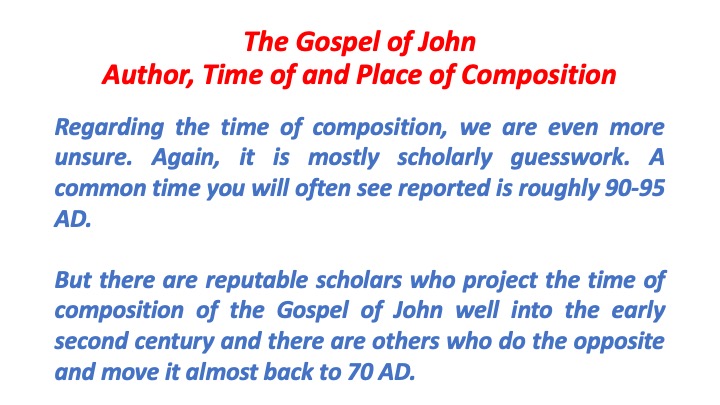
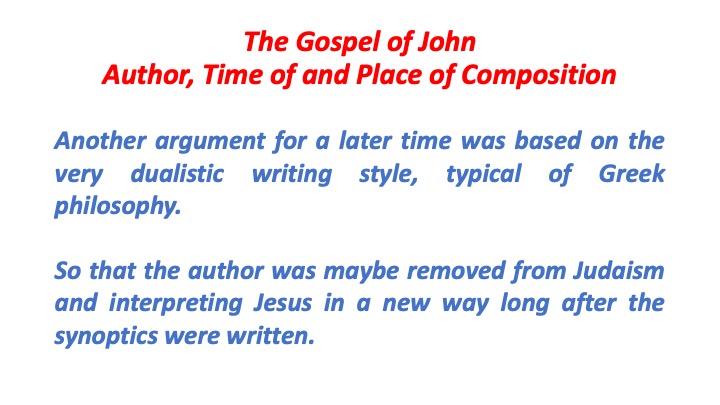
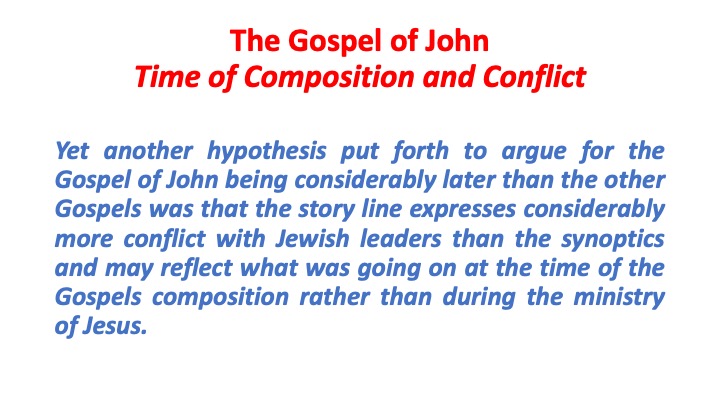
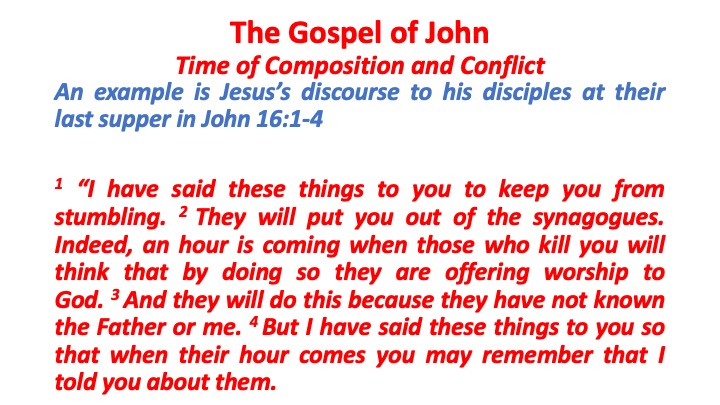
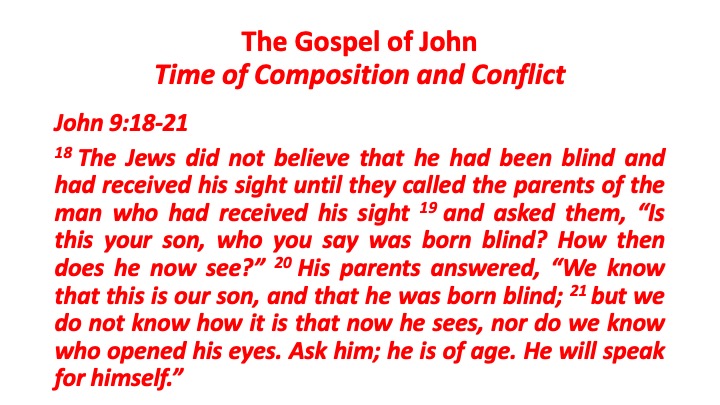
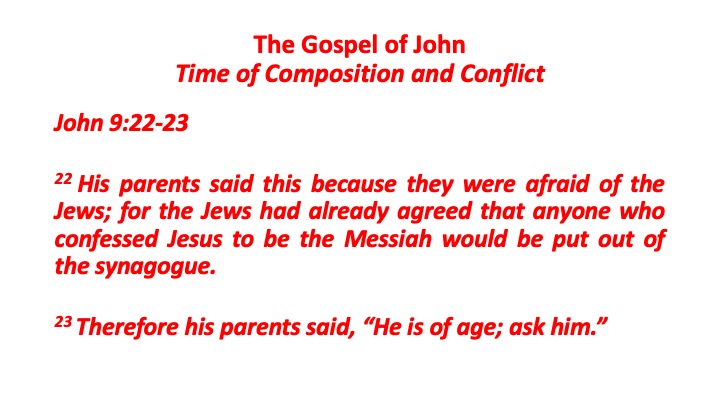
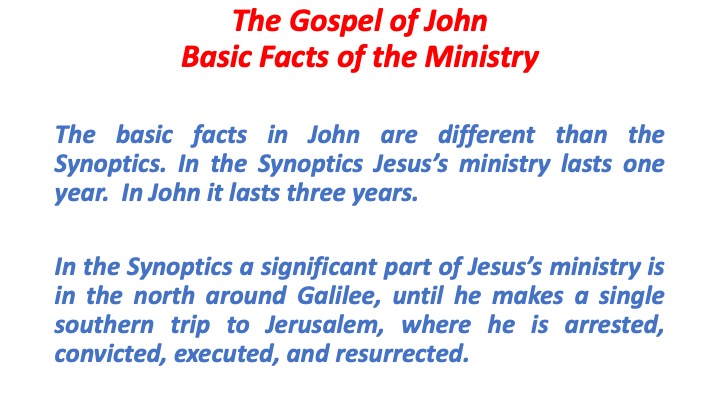
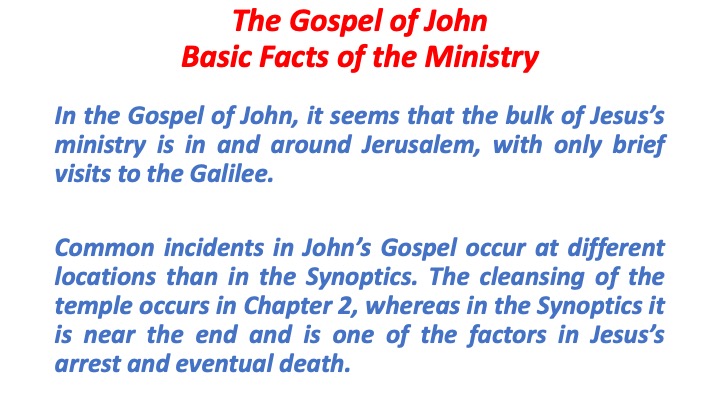
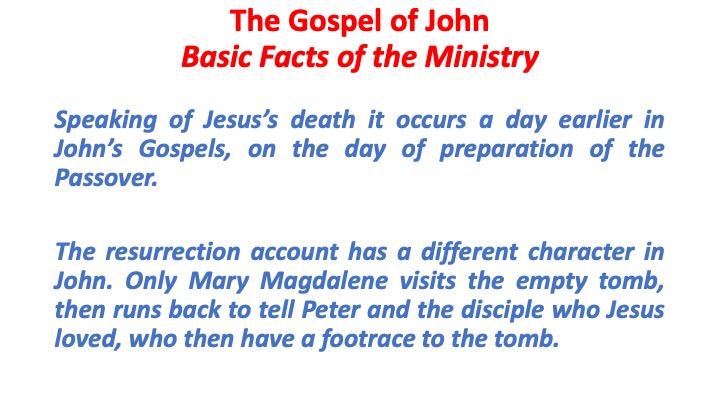
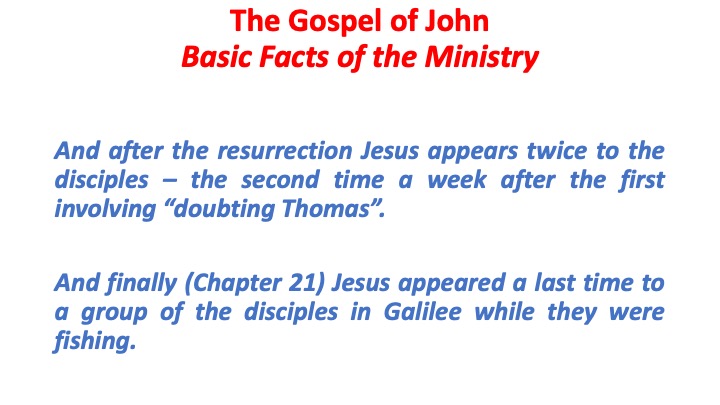
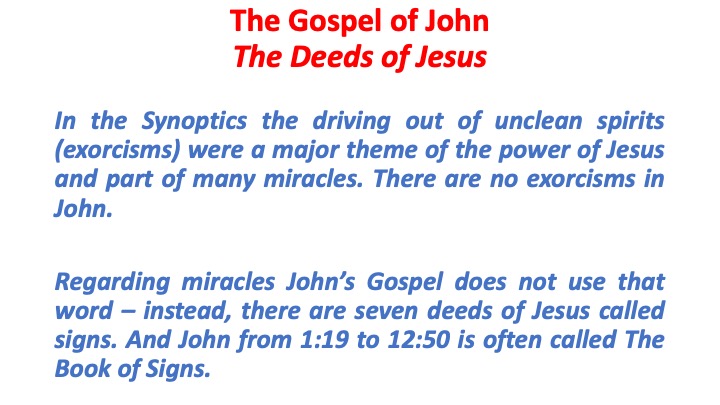
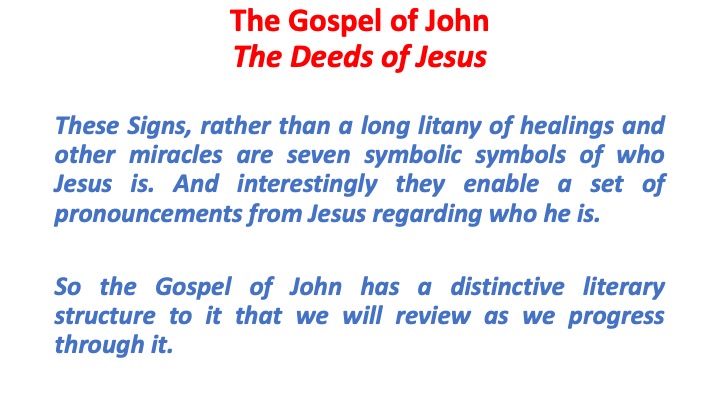
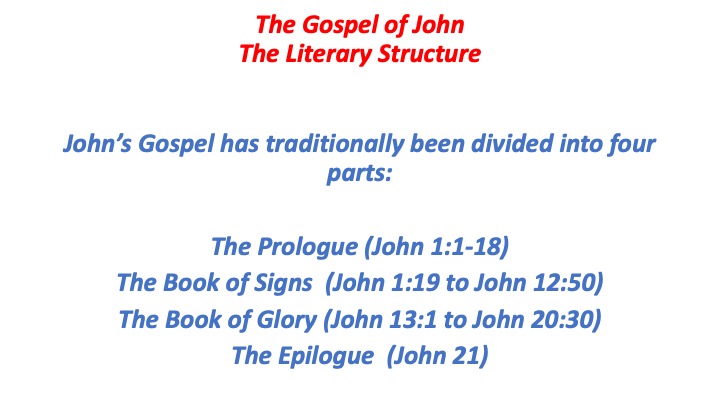
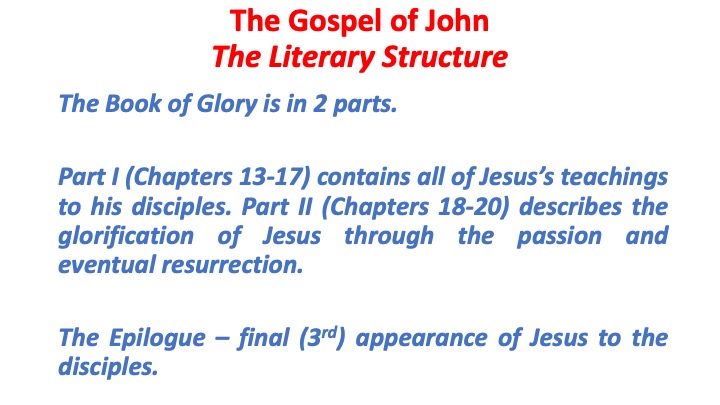
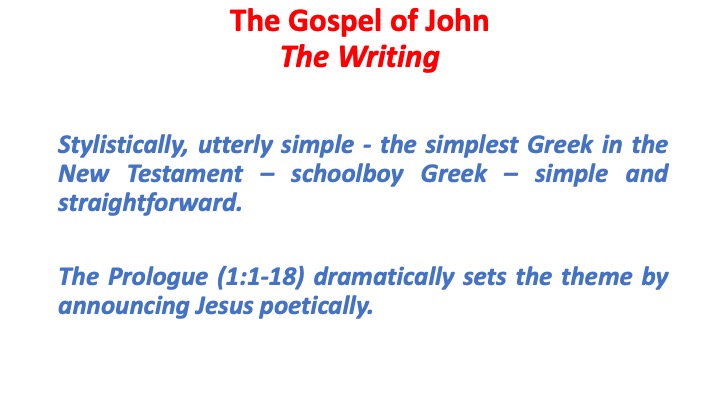
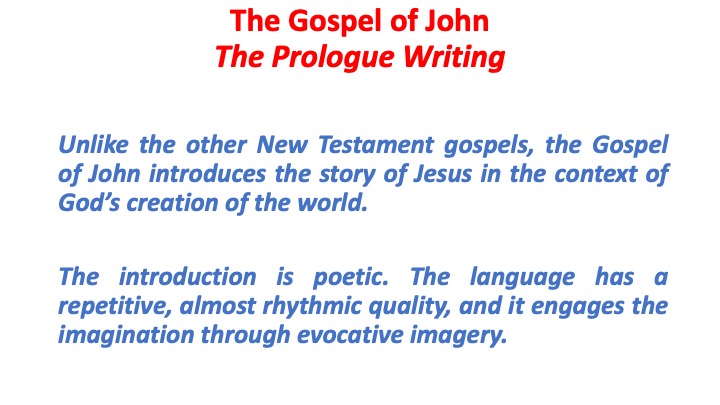
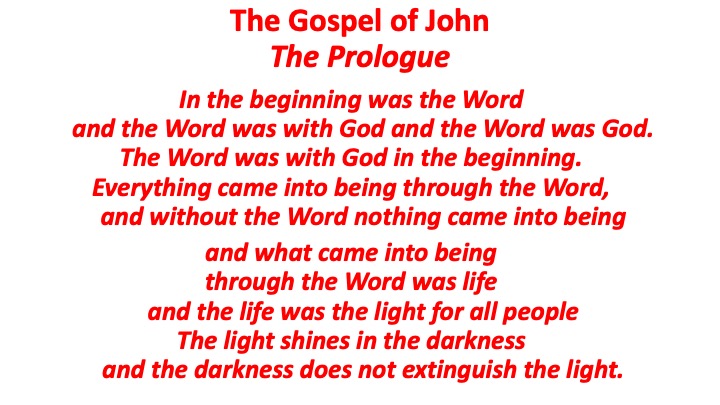
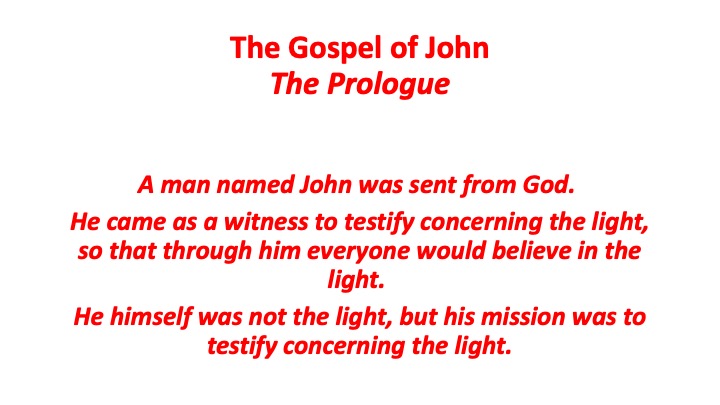
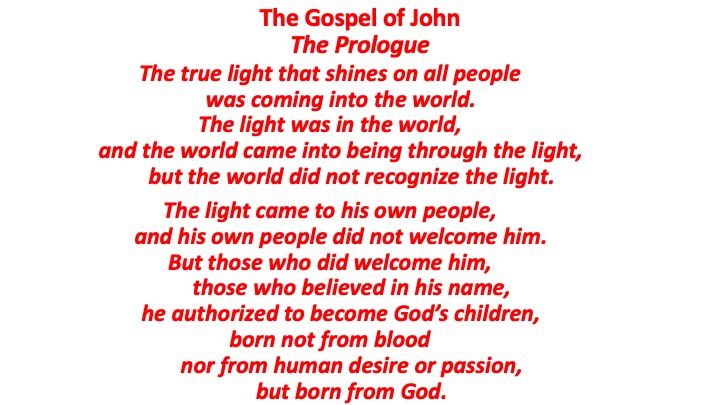
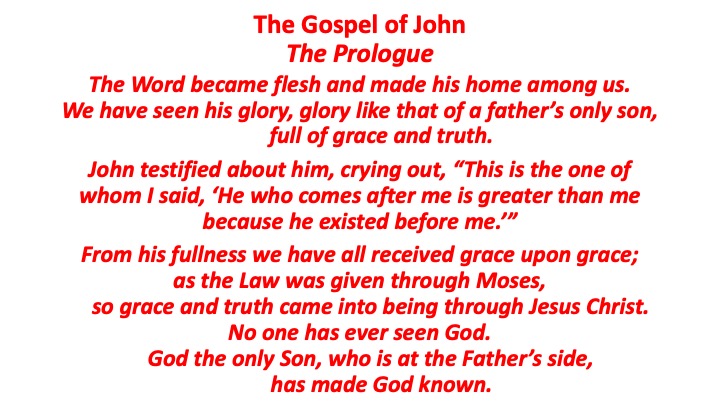
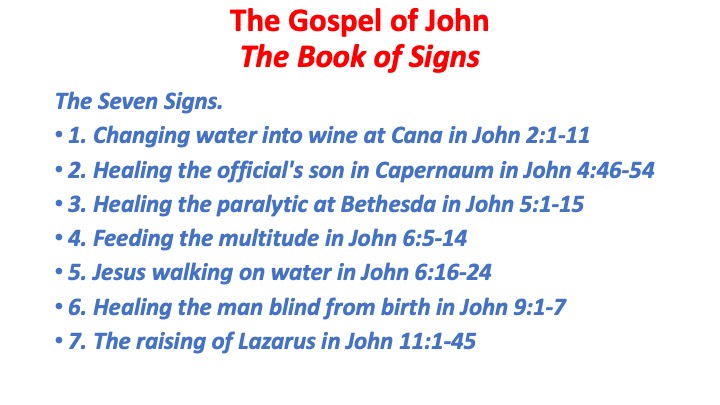
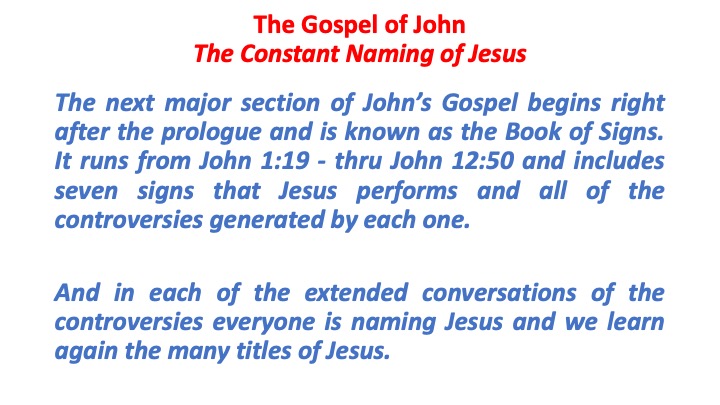
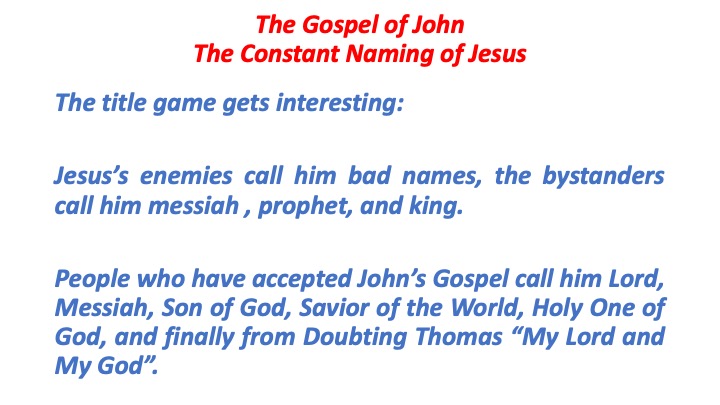
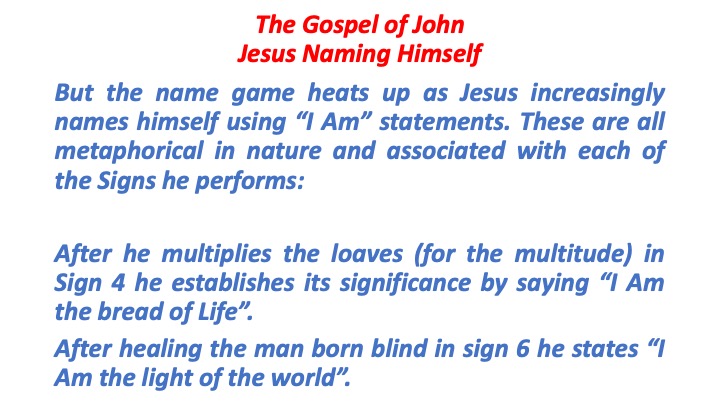
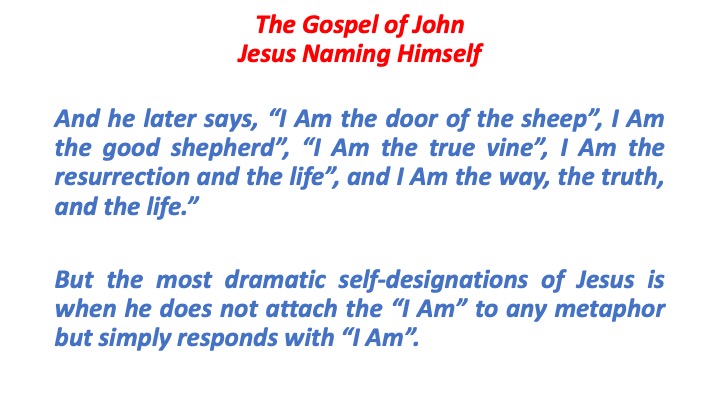
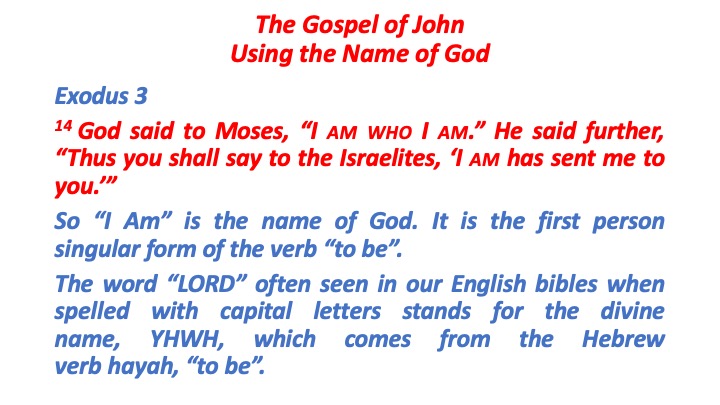
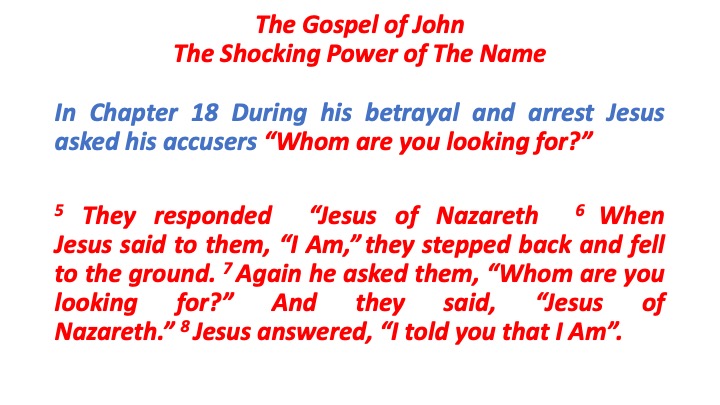
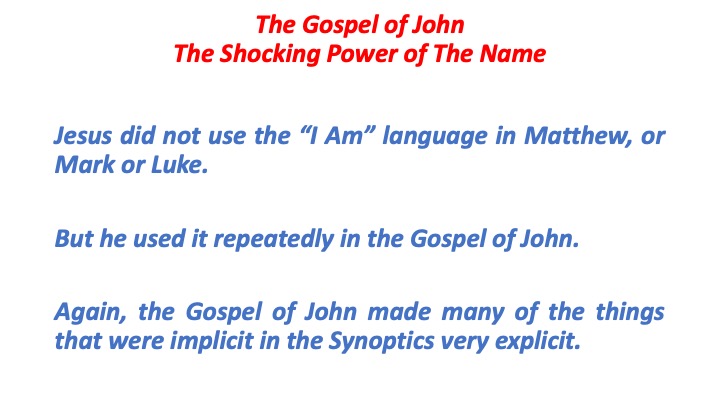
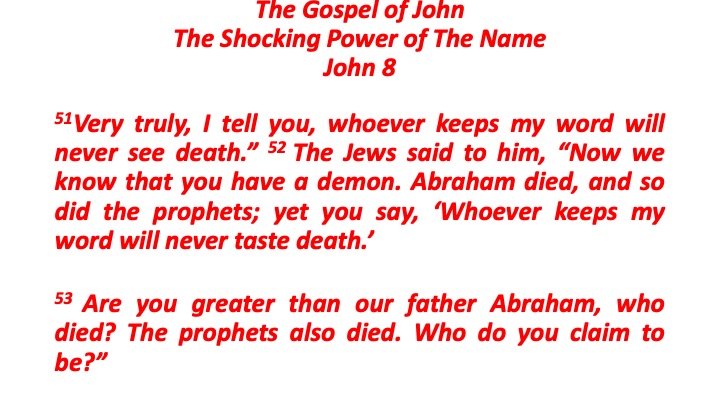
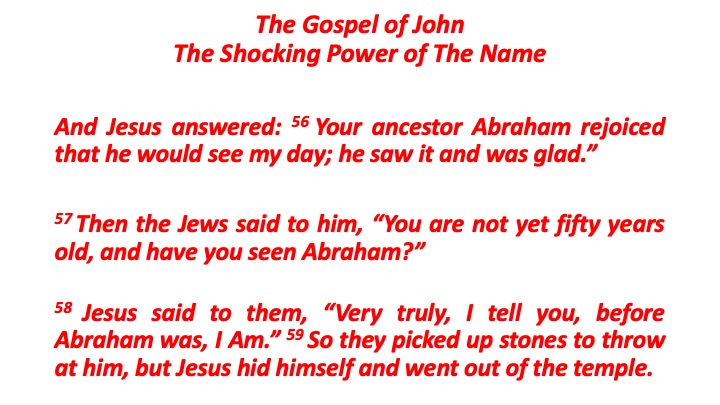
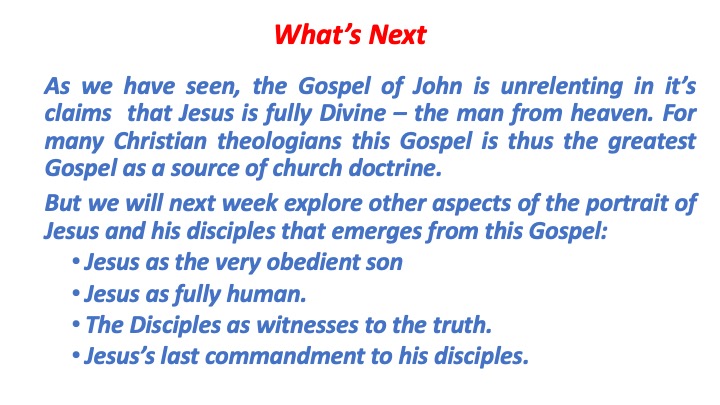
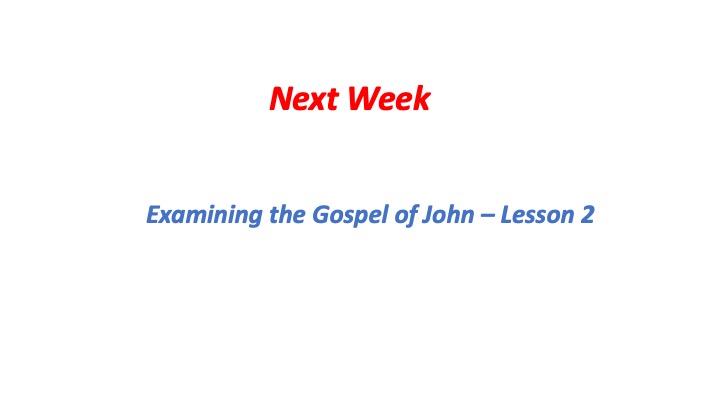
Examining The Gospel of John I
Links
< Home Page > < Examining Gospel of John Menu > < Top of Page >
Examining the Gospel of John Text
Examining
the Gospel of John
Lesson I
Examining
the Gospel of John
The Man From Heaven
This is the fourth of our “Examining” classes this year on the Gospels. Over our final two classes on Jesus and the Gospels we will encounter the Canonical Gospel that for many Christians is the most important one – and to many their favorite one.
It is also the most “different“ one. Meaning that it is quite different from the three synoptic Gospels.
Examining
the Gospel of John
The Man From Heaven
The Gospel of John seems different to readers than the other New Testament gospels. Clement of Alexandria, for example, wrote in the second century of the common era that the first three gospels provided the “physical things” about Jesus’s life, while John wrote a “spiritual gospel.”
John begins with soaring poetic lines that identify Jesus as the divine Word of God. And in the narrative itself, Jesus’s actions are called “signs” because they signify divine truths.
A Brief Reminder of What we Mean by Synoptic Gospels
The first three gospels in the New Testament, namely Matthew, Mark, and Luke, are referred to as the synoptic gospels.
This is because they because they share a significant amount of similar content and can be seen together as a unified account of Jesus' life, teachings, and ministry.
What Does Synoptic Mean?
The term "synoptic" comes from the Greek words "syn" meaning "together" and "opsis" meaning "view" or "seeing."
Thus, the synoptic gospels are called so because they when “seen together” provide a united or harmonized view of the life of Jesus, presenting many of the same stories, teachings, and events.
Let’s Illustrate This
To illustrate how the synoptic gospels can be seen together, let's consider an example: the feeding of the 5,000.
In the Gospel of Matthew (Matthew 14:13-21), the story depicts Jesus feeding a large crowd with five loaves of bread and two fish, resulting in everyone being satisfied, with twelve baskets of leftovers.
And what about Mark?
In the Gospel of Mark (Mark 6:30-44), a similar account is presented, with Jesus feeding the multitude using five loaves and two fish. Again, the crowd is satisfied, and twelve baskets of fragments are collected afterward.
And what about Luke?
In the Gospel of Luke (Luke 9:10-17), we encounter yet another telling of the feeding of the 5,000, where Jesus takes the loaves and fish, blesses them, and feeds the multitude. As before, they are all satisfied, and twelve baskets of leftover pieces are gathered.
By examining these three accounts side by side, we can observe the similarities in the narrative structure, sequence of events, and key details shared between them.
Though there may be slight variations in wording or additional details included by specific gospel authors, the overall story remains consistent.
And what about Luke?
In the Gospel of Luke (Luke 9:10-17), we encounter yet another telling of the feeding of the 5,000, where Jesus takes the loaves and fish, blesses them, and feeds the multitude. As before, they are all satisfied, and twelve baskets of leftover pieces are gathered.
It's important to note that each gospel writer had different intentions and audience needs in mind when composing their accounts of Jesus' life and ministry.
As a result, the emphasis, details, and even the events covered may vary between the Gospel of John and the synoptic gospels, but this provides readers with multiple perspectives and insights on the life and teachings of Jesus Christ.
And one of the striking differences is that it very explicitly identifies in powerful and beautiful language that Jesus is divine. He is the man from heaven. There is nothing subtle about John in this regard.
And surprisingly this is also the Gospel in which Jesus is portrayed as very human. Much more so than the other Gospels.
The Gospel
of John
Author, Time, and Place of Composition
Once more we are faced with a Gospel that is difficult to pin down. Perhaps even more so than the synoptics.
Regarding authorship, the church tradition has always been that it was written by the Apostle John. But to many scholars it is another anonymous Gospel. There are hints near the end of the Gospel that the apostle John is the author, but many scholars consider that as a weak argument.
Regarding the time of composition we are even more unsure. Again, it is mostly scholarly guesswork. A common time you will often see reported is roughly 90-95 AD.
But there are reputable scholars who project the time of composition of the Gospel of John well into the early second century and there are others who do the opposite and move it almost back to 70 AD.
Another argument for a later time was based on the very dualistic writing style, typical of Greek philosophy. So that the author was maybe removed from Judaism and interpreting Jesus in a new way long after the synoptics were written
The Gospel
of John
Time of Composition and Conflict
Yet another hypothesis put forth to argue for the Gospel of John being considerably later than the other Gospels was that the story line expresses considerably more conflict with Jewish leaders than the synoptics and may reflect what was going on at the time of the Gospels composition rather than during the ministry of Jesus.
An example is Jesus’s discourse to his disciples at their last supper in John 16:1-4
1 “I have said these things to you to keep you from stumbling. 2 They will put you out of the synagogues. Indeed, an hour is coming when those who kill you will think that by doing so they are offering worship to God. 3 And they will do this because they have not known the Father or me. 4 But I have said these things to you so that when their hour comes you may remember that I told you about them.
18 The Jews did not believe that he had been blind and had received his sight until they called the parents of the man who had received his sight 19 and asked them, “Is this your son, who you say was born blind? How then does he now see?” 20 His parents answered, “We know that this is our son, and that he was born blind; 21 but we do not know how it is that now he sees, nor do we know who opened his eyes. Ask him; he is of age. He will speak for himself.” 22 His parents said this because they were afraid of the Jews; for the Jews had already agreed that anyone who confessed Jesus[c] to be the Messiah[d] would be put out of the synagogue. 23 Therefore his parents said, “He is of age; ask him.”
The Gospel
of John
Basic Facts of the Ministry
The basic facts in John are different than the Synoptics. In the Synoptics Jesus’s ministry lasts one year. In John it lasts three years.
In the Synoptics a significant part of Jesus’s ministry is in the north around Galilee, until he makes a single southern trip to Jerusalem, where he is arrested, convicted, executed, and resurrected.
In John it seems that the bulk of Jesus’s ministry is in an around Jerusalem, with only brief visits to the Galilee.
Common incidents in John’s Gospel occur at different locations than in the Synoptics. The cleansing of the temple occurs in Chapter 2, whereas in the Synoptics it is near the end and is one of the factors in Jesus’s arrest and eventual death.
In the Gospel of John, it seems that the bulk of Jesus’s ministry is in and around Jerusalem, with only brief visits to the Galilee.
Common incidents in John’s Gospel occur at different locations than in the Synoptics. The cleansing of the temple occurs in Chapter 2, whereas in the Synoptics it is near the end and is one of the factors in Jesus’s arrest and eventual death.
Speaking of Jesus’s death it occurs a day earlier in John’s Gospels, on the day of preparation of the Passover.
The resurrection account has a different character in John. Only Mary Magdalene visits the empty tomb, then runs back to tell Peter and the disciple who Jesus loved, who then have a footrace to the tomb.
And after the resurrection Jesus appears twice to the disciples – the second time a week after the first involving “doubting Thomas”.
And finally (Chapter 21) Jesus appeared a last time to a group of the disciples in Galilee while they were fishing.
The
Gospel of John
The Deeds of Jesus
In the Synoptics the driving out of unclean spirits (exorcisms) were a major theme of the power of Jesus and part of many miracles. There are no exorcisms in John.
Regarding miracles John’s Gospel does not use that word – instead there are seven deeds of Jesus called signs. And John from 1:19 to 12:50 is often called The Book of Signs.
These Signs, rather than a long litany of healings and other miracles are actually seven symbolic symbols of who Jesus is. And they enable a set of pronouncements from Jesus regarding who he is.
So the Gospel of John has a distinctive literary structure to it that we will review as we progress through it.
The
Gospel of John
The Literary Structure
John’s Gospel has traditionally been divided into four parts:
The Prologue (John 1:1-18)
The Book of Signs (John 1:19 to John 12:50)
The Book of Glory. (John 13:1 to John 20:30)
The Epilogue (John 21)
The Book of Glory is in 2 parts.
Part I (Chapters 13-17) contains all of Jesus’s teachings to his disciples. Part II (Chapters 18-20) describes the glorification of Jesus through the passion and eventual resurrection.
The Epilogue – final (3rd) appearance of Jesus to the disciples.
The
Gospel of John
The Literary Structure
Stylistically, utterly simple - the simplest Greek in the New Testament – schoolboy Greek – simple and straightforward.
The Prologue (1:1-18) dramatically sets the theme by announcing Jesus poetically.
The
Gospel of John – The Prologue Writing
Unlike the other New Testament gospels, the Gospel of John introduces the story
of Jesus in the context of God’s creation of the world.
The introduction is poetic. The language has a repetitive, almost rhythmic quality, and it engages the imagination through evocative imagery.
The
Gospel of John
The Prologue
In the Beginning
In the
beginning was the Word
and the Word was with God
and the Word was God.
The Word was with God in the beginning.
Everything came into being through the Word,
and without the Word
nothing came into being.
What came into being
through the Word was life,[a]
and the life was the light for all people.
The light shines in the darkness,
and the darkness doesn’t extinguish the light.
A man named John was sent from God.
He came as a witness to testify concerning the light, so that through him everyone would believe in the light.
He himself was not the light, but his mission was to testify concerning the light.
The true
light that shines on all people
was coming into the world.
The light was in the world,
and the world came into being through the light,
but the world did not recognize
the light.
The light came to his own people,
and his own people did not welcome him.
But those who did welcome him,
those who believed in his name,
he authorized to become God’s children,
born not from blood
nor from human desire or
passion,
but born from God.
The Word
became flesh and made his home among us.
We have seen his glory, glory like that of a father’s only son,
full of grace and truth.
John testified about him, crying out, “This is the one of whom I said, ‘He who comes after me is greater than me because he existed before me.’”
From his
fullness we have all received grace upon grace;
as the Law was given through Moses,
so grace and truth came into being through Jesus
Christ.
No one has ever seen God.
God the only Son, who is at the Father’s side,
has made God known.
The Gospel
of John
The Book of Signs
The Seven Signs.
1. Changing water into wine at Cana in John 2:1-11
2. Healing the official's son in Capernaum in John 4:46-54
3. Healing the paralytic at Bethesda in John 5:1-15
4. Feeding the multitude in John 6:5-14
5. Jesus walking on water in John 6:16-24
6. Healing the man blind from birth in John 9:1-7
7. The raising of Lazarus in John 11:1-45
The
Gospel of John
The Constant Naming of Jesus
The next major section of John’s Gospel begins right after the prologue and is known as the Book of Signs. It runs from John 1:19 - thru John 12:50 and includes seven signs that Jesus performs and all of the controversies generated by each one.
And in each of the extended conversations of the controversies everyone is naming Jesus and we learn again the many titles of Jesus.
The title game gets interesting: Jesus’s enemies call him bad names, the bystanders call him messiah , prophet, and king. People who have accepted John’s Gospel call him Lord, Messiah, Son of God, Savior of the World, Holy One of God, and finally from Doubting Thomas “My Lord and My God”.
The Gospel
of John
Jesus Naming Himself
But the name game heats up as Jesus increasingly names himself using “I Am” statements. These are all metaphorical in nature and associated with each of the Signs he performs:
After he multiplies the loaves (for the multitude) in Sign 4 he establishes its significance by saying “I Am the bread of Life”.
After healing the man born blind in sign 6 he states “I Am the light of the world”.
But the name game heats up as Jesus increasingly names himself using “I Am”” statements. These are all metaphorical in nature and associated with each of the Signs he performs:
After he multiplies the loaves (for the 5000) he establishes its significance by saying “I Am the bread of Life”.
After healing the man born blind he states “I Am the light of the world”.
And he later says, “I Am the door of the sheep”, I Am the good shepherd”, “I Am the true vine”, I Am the resurrection and the life”, and I Am the way, the truth, and the life.”
But the most dramatic self-designations of Jesus is when he does not attach the “I Am” to any metaphor but simply responds with “I Am”.
The Gospel
of John
Using the Name of God
Exodus 3
14 God said to Moses, “I am who I am.” He said further, “Thus you shall say to the Israelites, ‘I am has sent me to you.’”
So “I Am” is the name of God. It is the first person singular form of the verb “to be”.
The word “LORD” often seen in our English bibles when spelled with capital letters stands for the divine name, YHWH, which comes from the Hebrew verb hayah, “to be”.
The
Gospel of John
The Shocking Power of The Name
During his betrayal and arrest Jesus asked his accusers “Whom are you looking for?”
5 They responded “Jesus of Nazareth 6 When Jesus said to them, “I Am,” they stepped back and fell to the ground. 7 Again he asked them, “Whom are you looking for?” And they said, “Jesus of Nazareth.” 8 Jesus answered, “I told you that I am. So if you are looking for me, let these men go.”
Jesus did not use the “I Am” language in Matthew, Mark or Luke. But he used it repeatedly in the Gospel of John. Again John made many of the things that were implicit in the Synoptics very explicit.
The
Gospel of John
The Shocking Power of The Name
John 8
51Very truly, I tell you, whoever keeps my word will never see death.” 52 The Jews said to him, “Now we know that you have a demon. Abraham died, and so did the prophets; yet you say, ‘Whoever keeps my word will never taste death.’
53 Are you greater than our father Abraham, who died? The prophets also died. Who do you claim to be?”
And Jesus answered: 56 Your ancestor Abraham rejoiced that he would see my day; he saw it and was glad.”
57 Then the Jews said to him, “You are not yet fifty years old, and have you seen Abraham?”
58 Jesus said to them, “Very truly, I tell you, before Abraham was, I Am.” 59 So they picked up stones to throw at him, but Jesus hid himself and went out of the temple.
Next Week
Gospel of John – Lesson 2
As we have seen, the Gospel of John is unrelenting in it’s claims that Jesus is fully Divine – the man from heaven. For many Christian theologians this Gospel is thus the greatest Gospel as a source of church doctrine.
But we will next week explore other aspects of the portrait of Jesus and his disciples that emerges from this Gospel:
Jesus as the very obedient son
Jesus as fully human.
The Disciples as witnesses to the truth.
Jesus’s last commandment to his disciples.